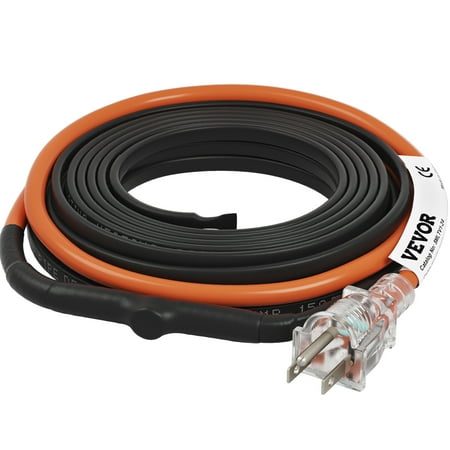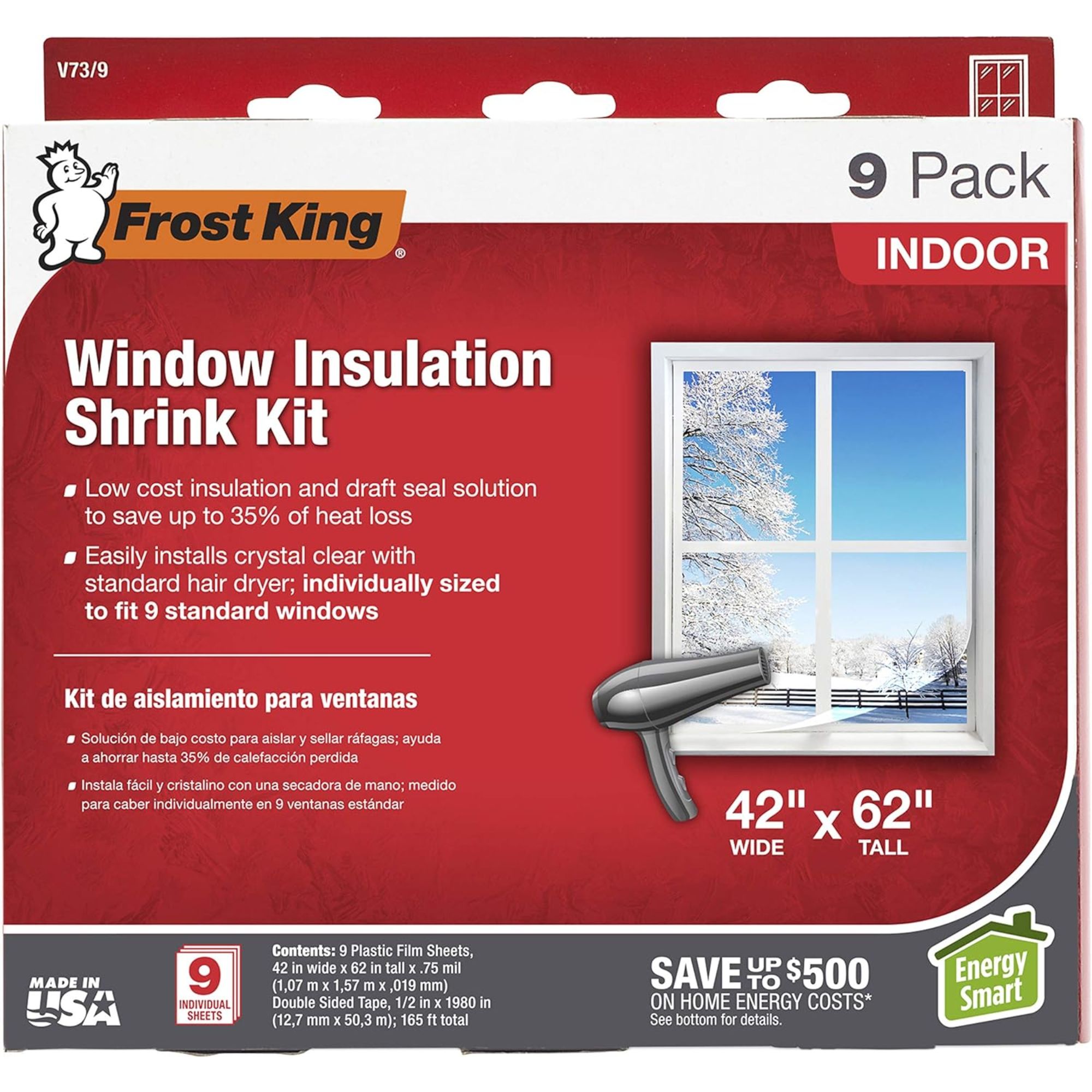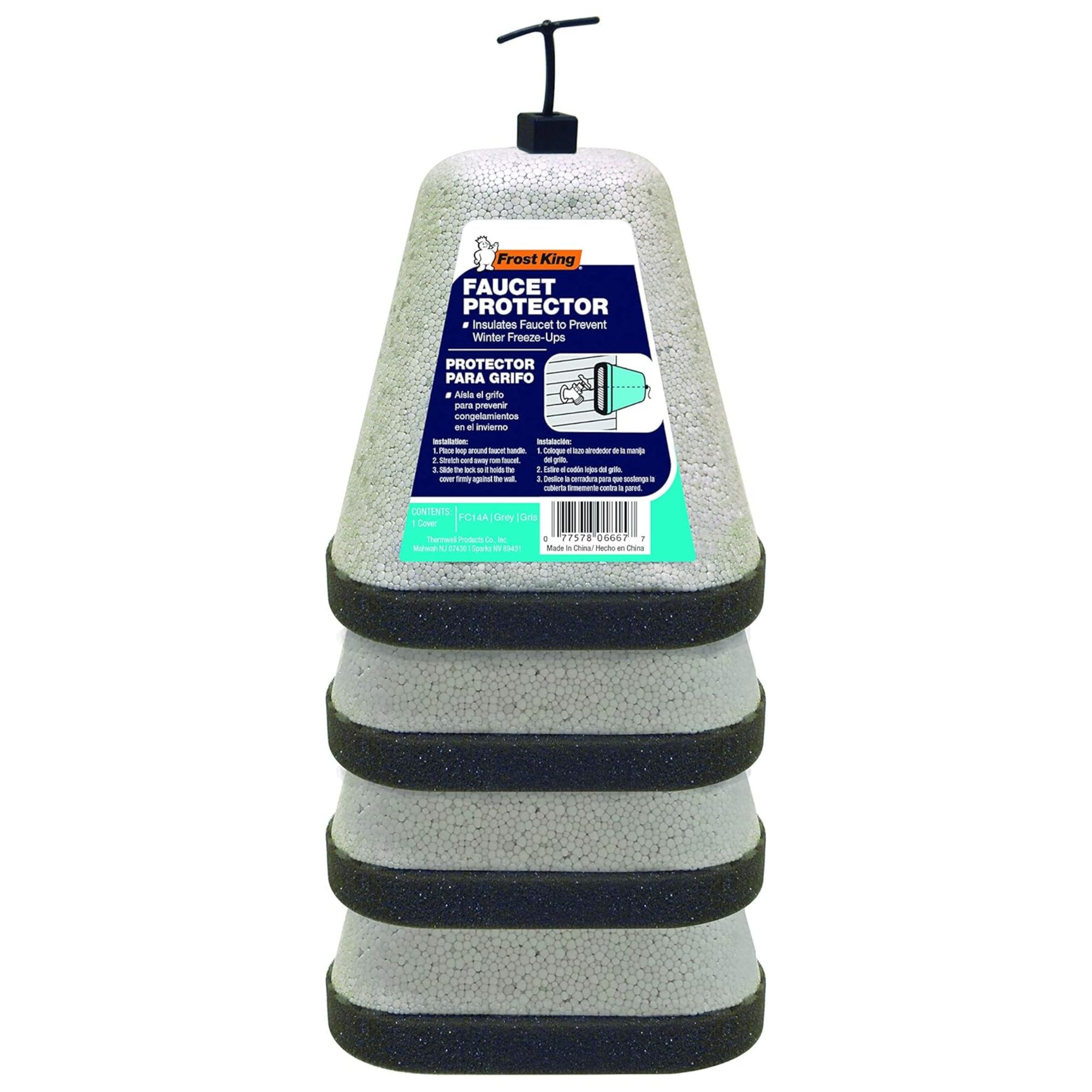How to stop pipes from freezing this winter – 7 smart solutions from expert plumbers to avoid burst pipes and leaks
Keep water flowing and avoid a nightmare leak during cold snap
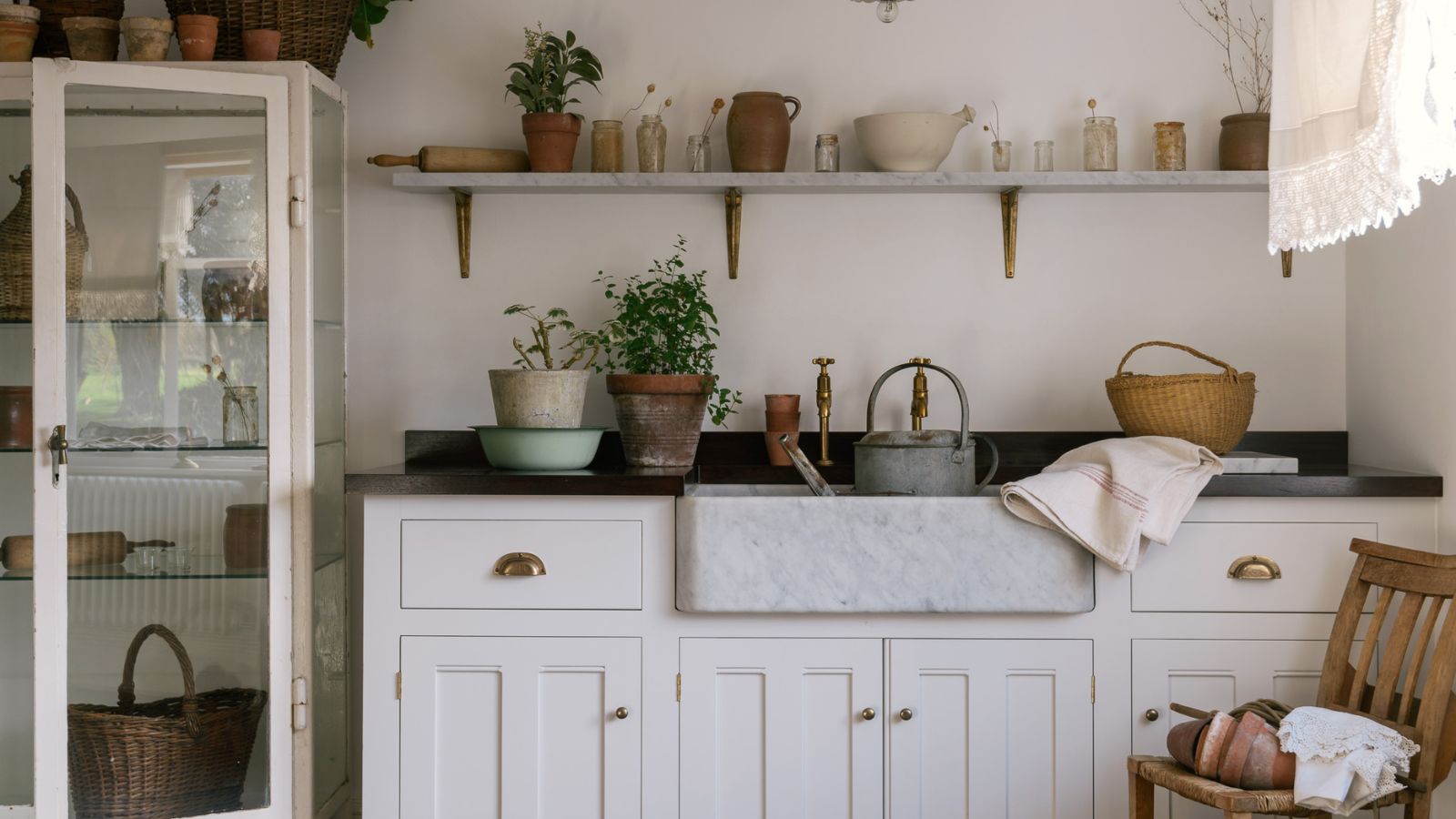
- 1. Insulate
- 2. Warm your home
- 3. Keep water moving
- 4. Turn off outdoor faucets
- 5. Turn water off
- 6. Temperature sensors
- 7. Maintain air flow
- Drain your home's plumbing system
- What to shop
- How much does it cost to insulate pipes?
- How long does it take for pipes to freeze?
- Should all pipes in an attic be insulated?

Chiana Dickson
During the cold weather of fall and winter, knowing how to stop pipes from freezing becomes ever more important. Luckily, frozen pipes and subsequent leaks are more than preventable if you take the correct steps and precautions now.
Crucially, frozen pipes can happen quickly and burst quicker still, resulting in flooding, structural damage, and mold if not treated swiftly enough.
Here, plumbing experts share everything you need to know about winterizing a home, from insulation to heating, and draining your home's plumbing system.
How to stop pipes from freezing like a pro
Preventing frozen pipes is a lot easier and less risky than thawing frozen pipes. When preparing a home for cold weather, make a note of when to worry about pipes freezing so you can take the right precautions to protect your property from expensive damage.
Any rapid drops in temperature and big snow systems in your region should be a warning sign for you to take pre-emptive action.
1. Insulate pipes
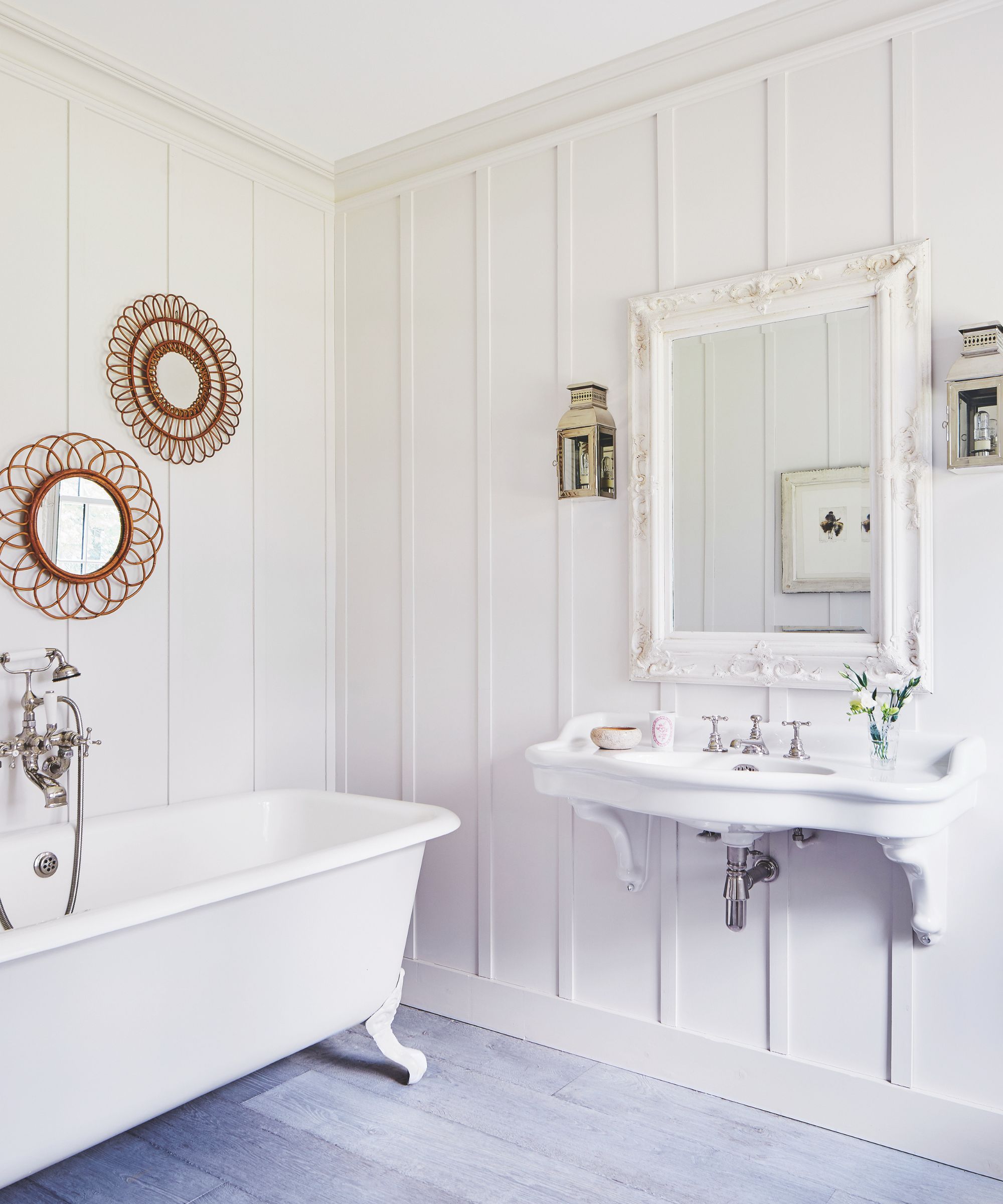
Insulating pipes is the easiest solution.
The easiest, long-lasting approach to prevent pipes from freezing is insulating the ones in and around your home, which is often recommended by heating experts as an October fix to stop pipes freezing.
Jordan Flemming, owner of That HVAC Guy says, ‘Depending upon the age of the home, most homes will have a few trouble spots, and it is important to focus on those areas when insulating pipework to stop pipes from freezing.
Design expertise in your inbox – from inspiring decorating ideas and beautiful celebrity homes to practical gardening advice and shopping round-ups.
'Those areas are basements, crawl spaces, attics, and exterior walls. During harsh winters, like we are having now, poor insulation will cause heat to leave the home and increase the chances of pipes getting too cold.'
That being said, here's how to do it:
- Use heated pipe cables: In particularly cold areas, a heated tape can be wrapped around pipes to supply a low, steady heat to prevent ice from forming inside, according to Josh Rudin, disaster restoration expert and owner of ASAP Restoration. ‘While this is one of the more energy-intensive methods for preventing a pipe burst, it is also one that works the best,’ he assures. ‘Pipe warming cables will add to the energy bill, but they can save thousands in water damage repair costs down the road.’
- Wrap with foam insulation: Steve Leasure, vice president of operations at Rainbow Restoration, advises, 'The easiest and cheapest way to insulate your pipes and protect them from freezing is to wrap them in foam insulation sleeves,' such as the Thermwell Foam Pipe Insulation available at Walmart. This helps to keep cold out and heat in, making them a perfect solution for all pipes around your home. Draft-proofing and insulating your home generally can also help to prevent pipes from freezing by keeping your wall and floor cavities warmer overall, he adds. If you need a very quick fix, you can also insulate pipes with pool noodles.
- With heat tape: 'When using heat tape, check to see if you can add insulation over the top or not – you want to ensure you are not covering anything that may overheat or melt the insulation, or you will have another expensive, potentially dangerous clean-up task on your hands,' Steve continues. You can often buy pipe insulation from hardware stores that can be cut down to size yourself, making this a great DIY project if you are looking to save money at home. Otherwise, a professional can install insulation to save your energy.
That pool noodle that's been sitting in your garage can also come in handy. Cut, wrap, and stick in place to protect your pipes in a pinch.
All prices were correct at the time of publication.
2. Keep your home warm
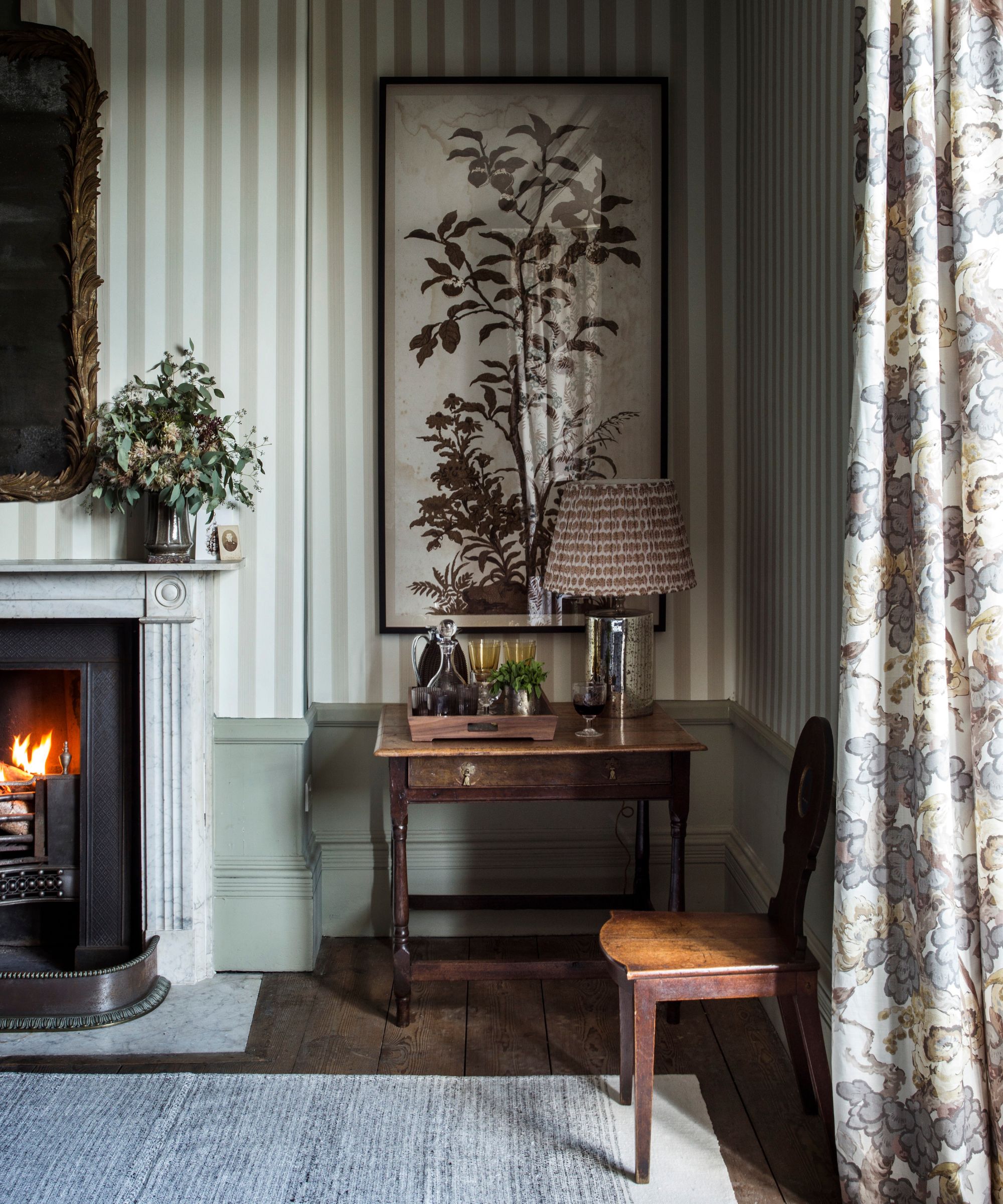
Keeping your home cozy will provide comfort and protect your pipes.
Keeping a home warm all day and maintaining the best temperature for a house in a big freeze does more than keep you comfortable. Matt Kunz, master plumber and president of Mr. Rooter, a Neighborly company, advises, ‘Homeowners can also maintain indoor heat and open cabinet doors to let the warm air better reach the pipes.’
A warmer ambient temperature keeps your pipes and water warmer, preventing ice crystals from forming and blocking pipes. Our plumbers all agree the ‘Goldilocks’ temperature range to keep both your pipes safe in a freeze is between 55-60° Fahrenheit, and that the time to worry about frozen pipes is when the temperature drops below 32°F outside.
To maintain this temperature, you can use a programmable thermostat, such as the Sensi Smart Thermostat available at Amazon.
Draft-proofing your home will also go a long way in keeping your space cozy, while cutting energy bills, and your water flowing, too.
3. Keep water moving
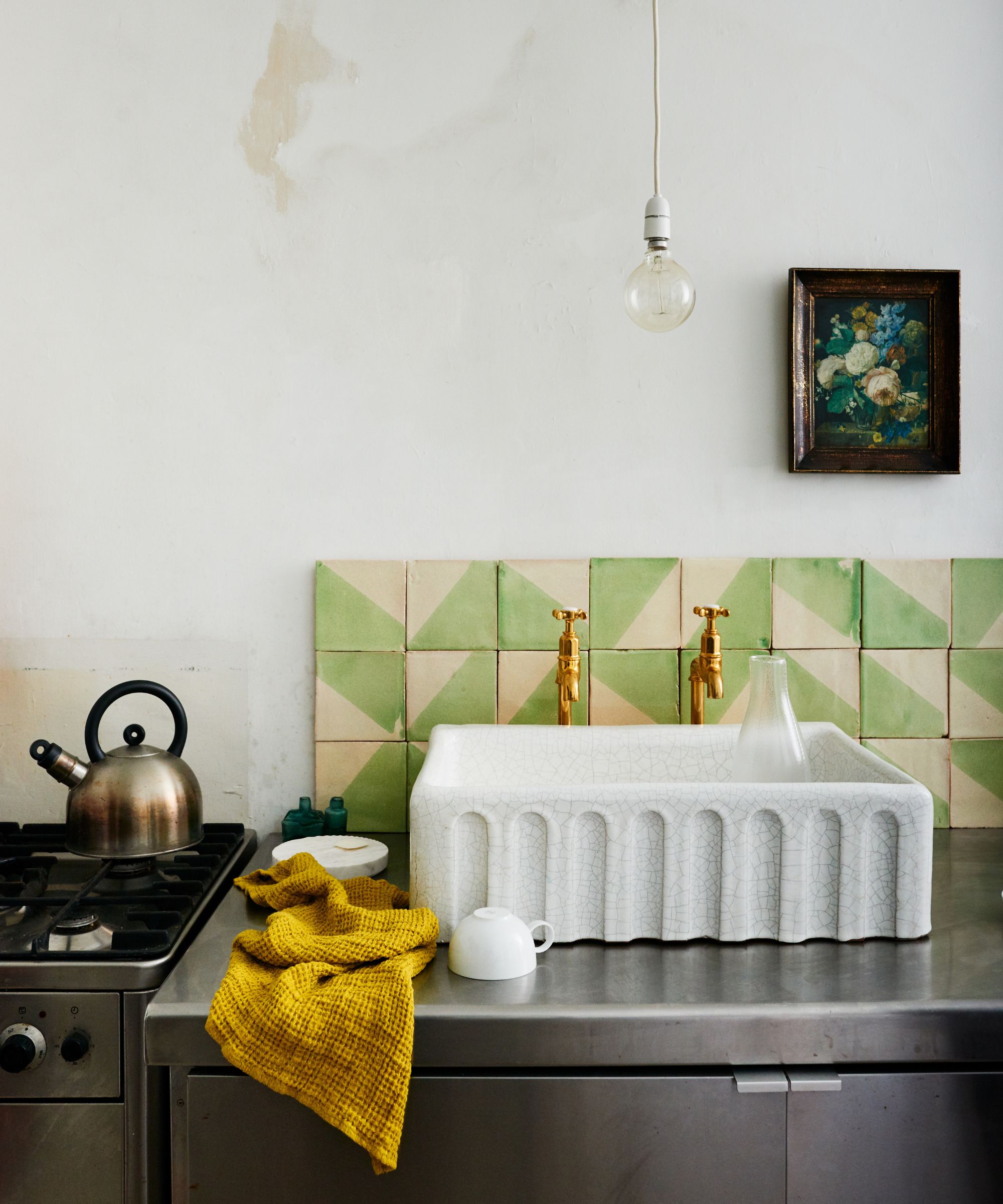
Moving water helps release pressure in your pipes.
We usually race to fix leaky faucets around our homes, but in winter, it is actually better to intentionally drip faucets around your home.
Roy Barnes, master plumber and co-owner of Service Force Plumbing explains, ‘Moving water can actually handle lower temperatures before freezing. Of course, it will freeze eventually if it gets cold enough, but every little bit helps. More importantly, when water freezes and expands, it exerts pressure on the pipe, and opening the faucet can allow some of that pressure to release rather than build up in the pipe.’
You only need to leave one faucet dripping – ideally the one furthest away from where the water main enters your home – helping you to prevent water waste. You can always collect the dripping water in a bowl or measuring jug, from Walmart, too, to use for watering houseplants or cleaning.
4. Turn off outdoor faucets
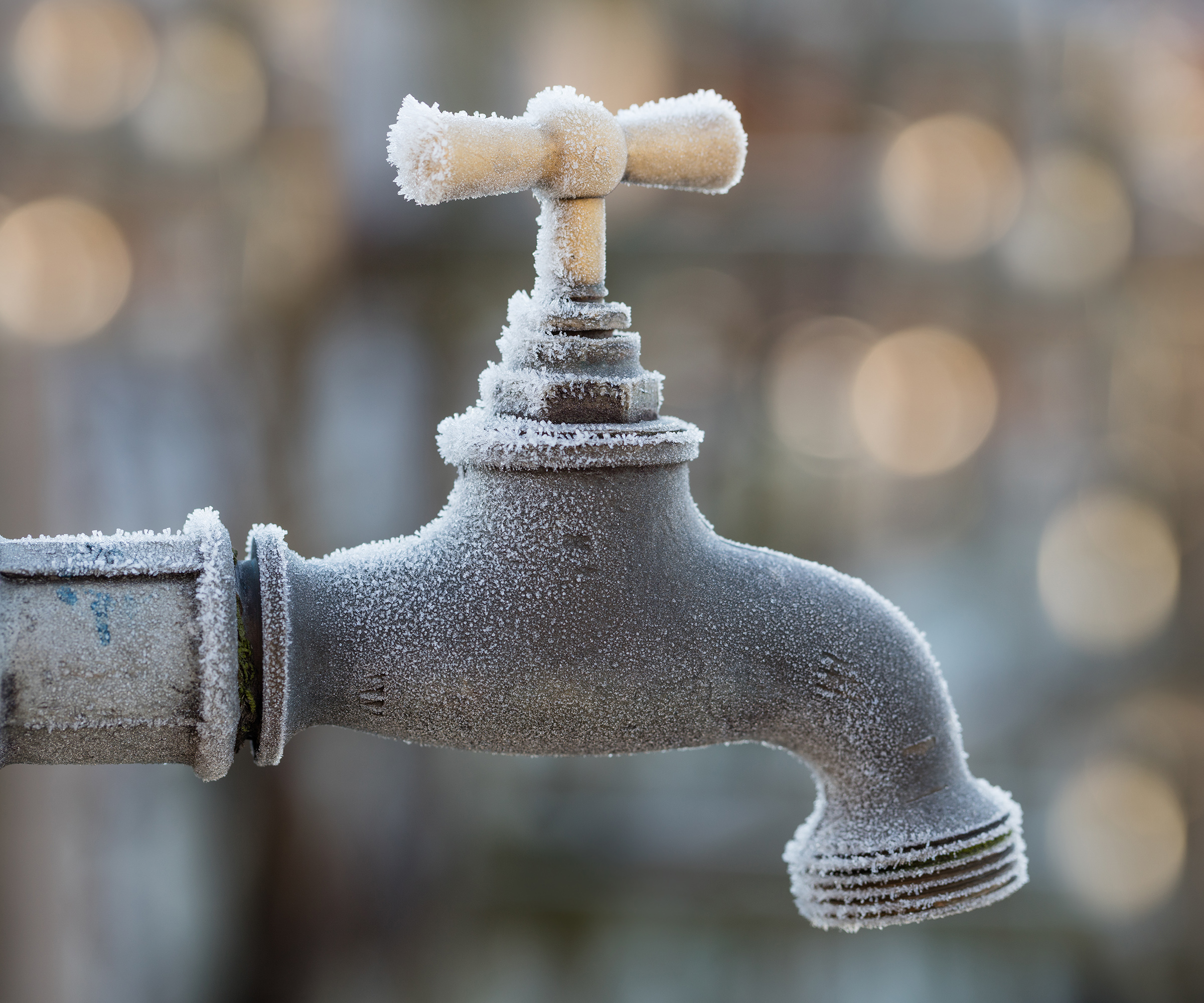
Install antifreeze hose spigots or cover faucets.
While you can let outdoor faucets drip to prevent freezing, Nick Hendrix, general manager at Kingdom Plumbing, recommends, ‘Customers should ask that a contractor install an antifreeze hose spigot.
'The most sure way is to add an interior shut-off valve where you can shut the water to the external pipe and completely drain the water out of it when not in use to keep it from freezing.’
5. Turn water off before vacationing
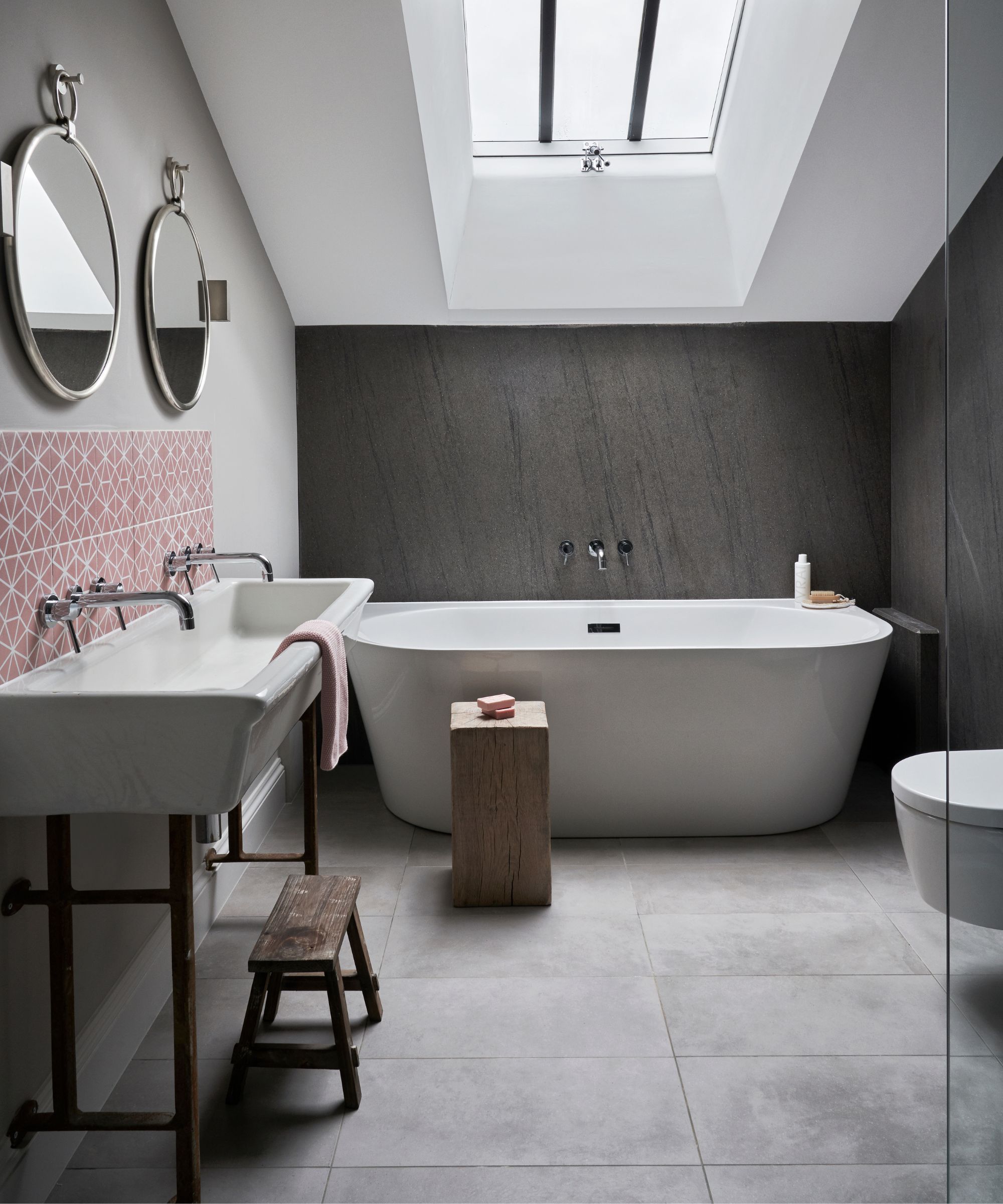
‘If you'll be going on vacation to escape the cold weather, you should turn your home's water off.'
Even if you're not going to be at your house over the cold season, it's still important to take steps to protect your plumbing, like switching your water off completely.
Sydney Archer, of Kiser Construction, advises, ‘If you'll be going on vacation to escape the cold weather, you should turn your home's water off.
'Before you leave, locate your main water shut-off valve and turn it clockwise to shut the water off to your home. Then turn on all your faucets to drain any water that remains in the pipes. It's a good idea to turn off your water heater as well before you go.’
6. Invest in temperature sensors

Use temperature sensors to monitor leaks and freezing conditions.
Smart home must-haves do more than upgrade your lighting and speakers for a home that wows guests – they can also help protect your pipes.
Danny Pen, president at New Era Plumbing & HVAC says, ‘The smartest will be to install temperature sensors, which monitor freezing risks. You need to place them in key areas like basements, crawlspaces, or near pipes.
'Also, there are advanced models of leak detectors that feature temperature monitoring. For example, the Honeywell Lyric Wi-Fi Water Leak Detector [available at Amazon] monitors both leaks and freezing conditions. You can pick up any – just check the product specs to ensure it includes low-temperature alerts.’
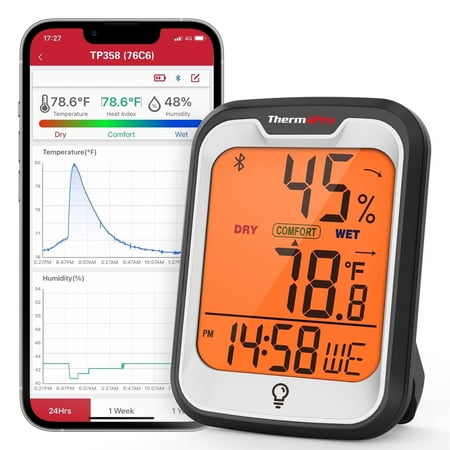
With a 260 ft range, this remote temperature sensor and hygrometer is ideal for keeping an eye on the areas around your pipes when at home. Watch out for condensation on your pipes, an early warning sign to avoid burst pipes.
7. Keep air flowing around pipes
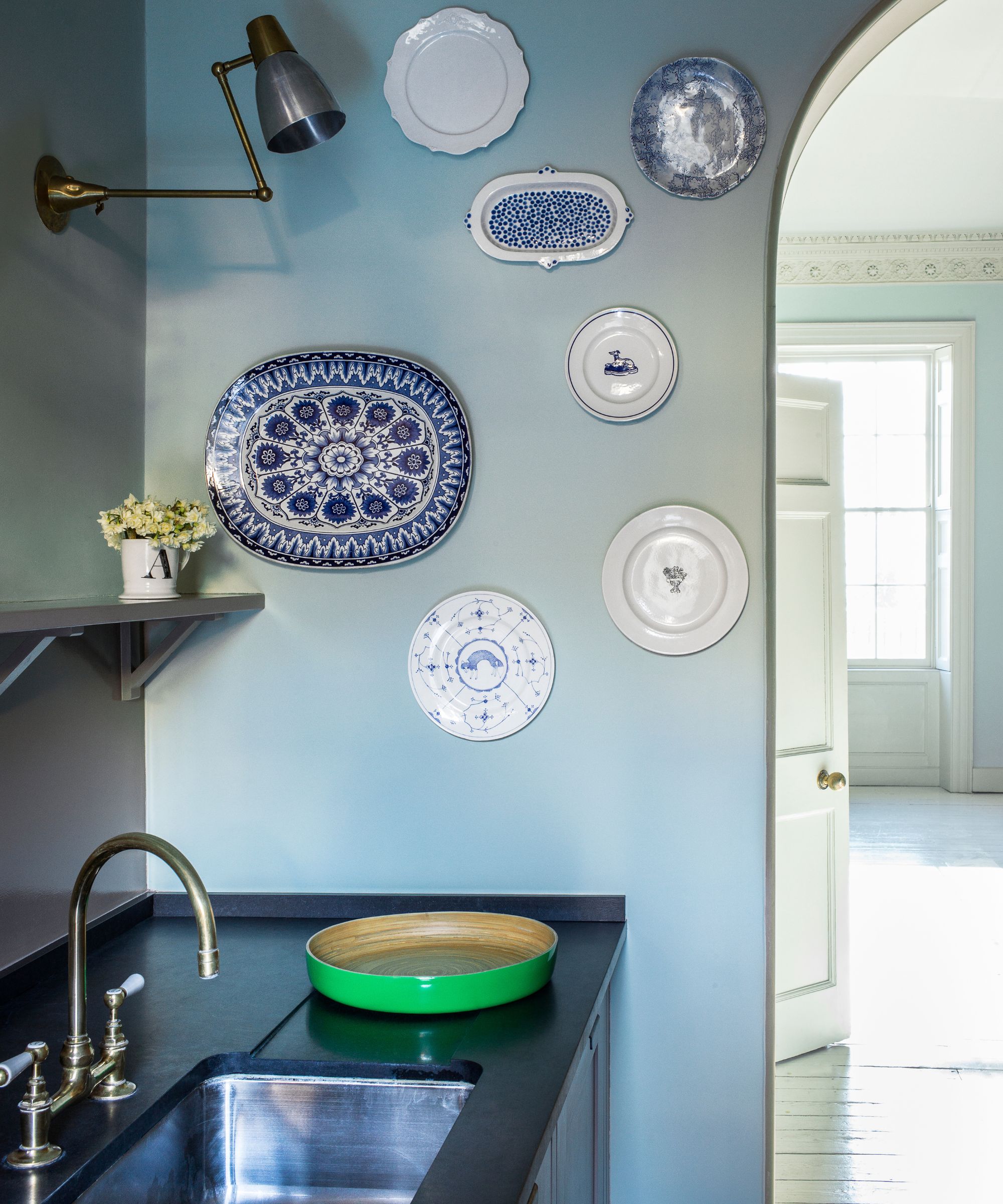
Improve ventilation to increase airflow.
Finally, while improving ventilation might be the last thing you consider when trying to keep hot air in the important areas of your home, Mike Henderson, vice president of Mr. Rooter Plumbing, advises, ‘When temperatures plummet, it’s time to open up those cabinets and cupboards. Whenever possible, increase the airflow to your pipes.
'This allows warm air to regulate pipe temperatures and keep them from freezing. This strategy also works wonders for thawing frozen pipes.’
How to drain your home's plumbing system
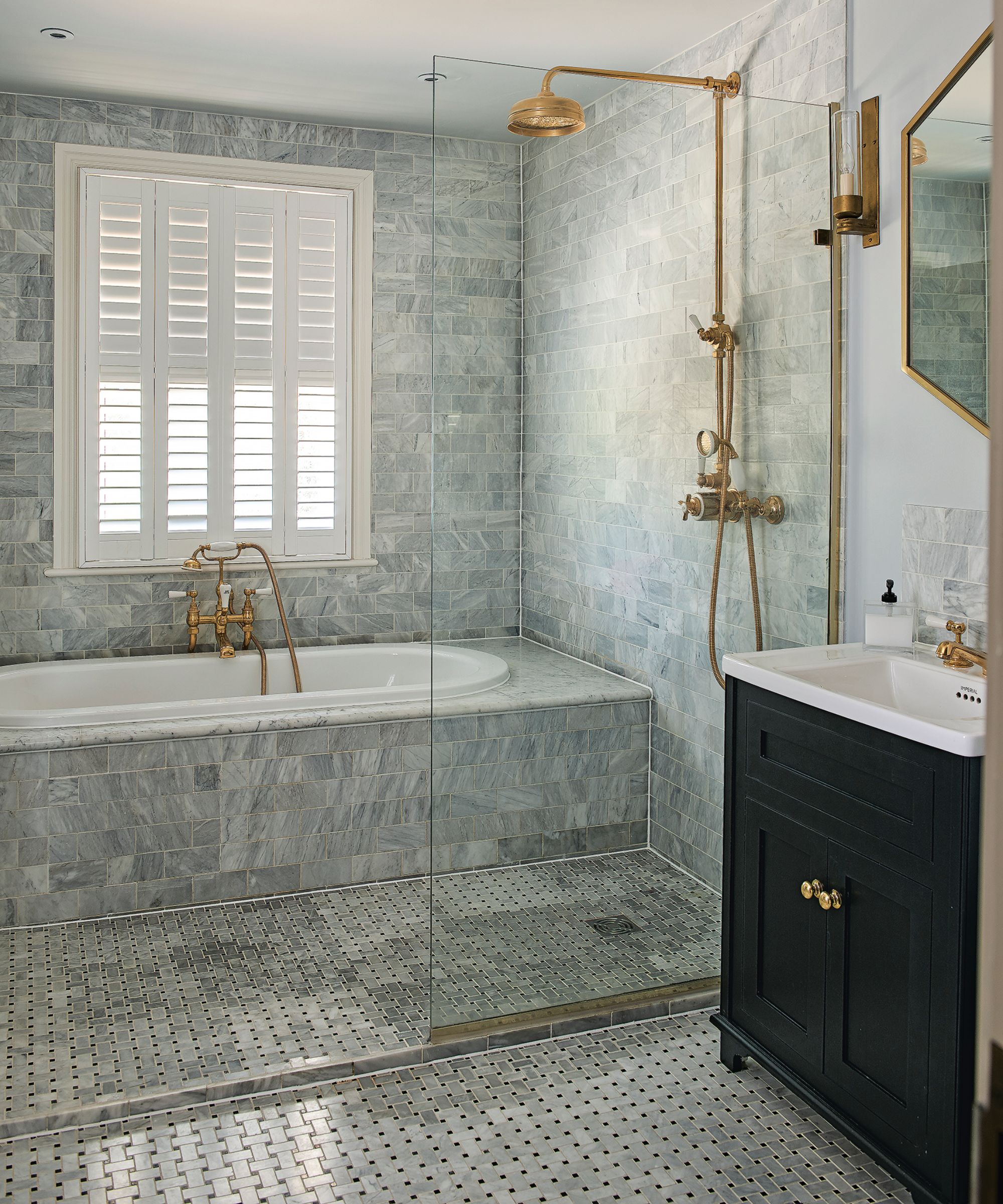
Save yourself stress, time, and money by learning these simple steps to drain your home plumbing system.
Properly draining a plumbing system is a crucial maintenance task that can prevent issues and prolong the life of your plumbing components. It's particularly important if you're worried about your pipes freezing, or are shutting down a property for the winter.
Here's how to do it:
- Turn off the main water valve: Begin by locating the main shut-off valve for your water supply and turning it off. This is typically found near the water meter or where the main water line enters your home. Turn the valve clockwise until it stops. This will prevent any water from entering your system and causing damage.
- Open all the faucets: Starting at the top floor of your home and working down, open all the faucets, including the bathtub, shower, and sink faucets, which will allow the water to drain out and allow air to enter the pipes. You should also flush all your toilets to empty the tanks, and use a sponge or small cup to remove any remaining water in toilet bowls or tanks.
- Drain the water heater: You may decide to drain your water heater if you need to undertake repairs, or if you want to close down your house for an extended period of time. First, turn off your water heater and let it cool. Turn off the circuit breaker for any electric water heaters. Turn the thermostat to the pilot setting on gas water heaters. Next, connect a hose to the heater's drain valve located at the bottom, then point the other end outside, or down a drain. To let the water drain, open the valve. Be cautious that the water is not still hot, and drain it according to the manufacturer's instructions. This will help to prevent any damage to the water heater or the surrounding area.
- Drain appliances: If you have appliances like washing machines or dishwashers, run a short cycle to clear water from their pipes.
- Air out the system: To ensure complete drainage, allow the system to dry out. This can be done by leaving faucets open and drain valves unsealed, and you can also use an air compressor to blow out any water in the pipes.
- Inspect the system: Check for any leftover water in the system after emptying as much as possible. Use rags or towels to absorb extra water, and take the time to inspect for any leaks, corrosion, or signs of wear. After the system is fully drained, go back and close all the faucets.
Additional tips
- Dealing with airlocks: You may need to bleed air from the pipes by slowly opening taps until water flows consistently if you suffer airlocks in your plumbing system after draining.
- Ensure adequate ventilation: During the draining process, to prevent the build-up of harmful gases, open windows or exhaust fans to maintain a well-ventilated environment.
- Winterization: Take extra care to prevent freezing if you are draining your plumbing system in preparation for the winter.
Remember, if you are uncertain or uncomfortable with any step in this process, it's advisable to seek professional assistance. A licensed plumber can ensure that the draining and maintenance are done correctly, preventing potential problems.
Then, once you've completed the necessary maintenance, close all drain valves and faucets, and turn on the main water supply gradually to allow the system to fill without causing a surge.
What to shop
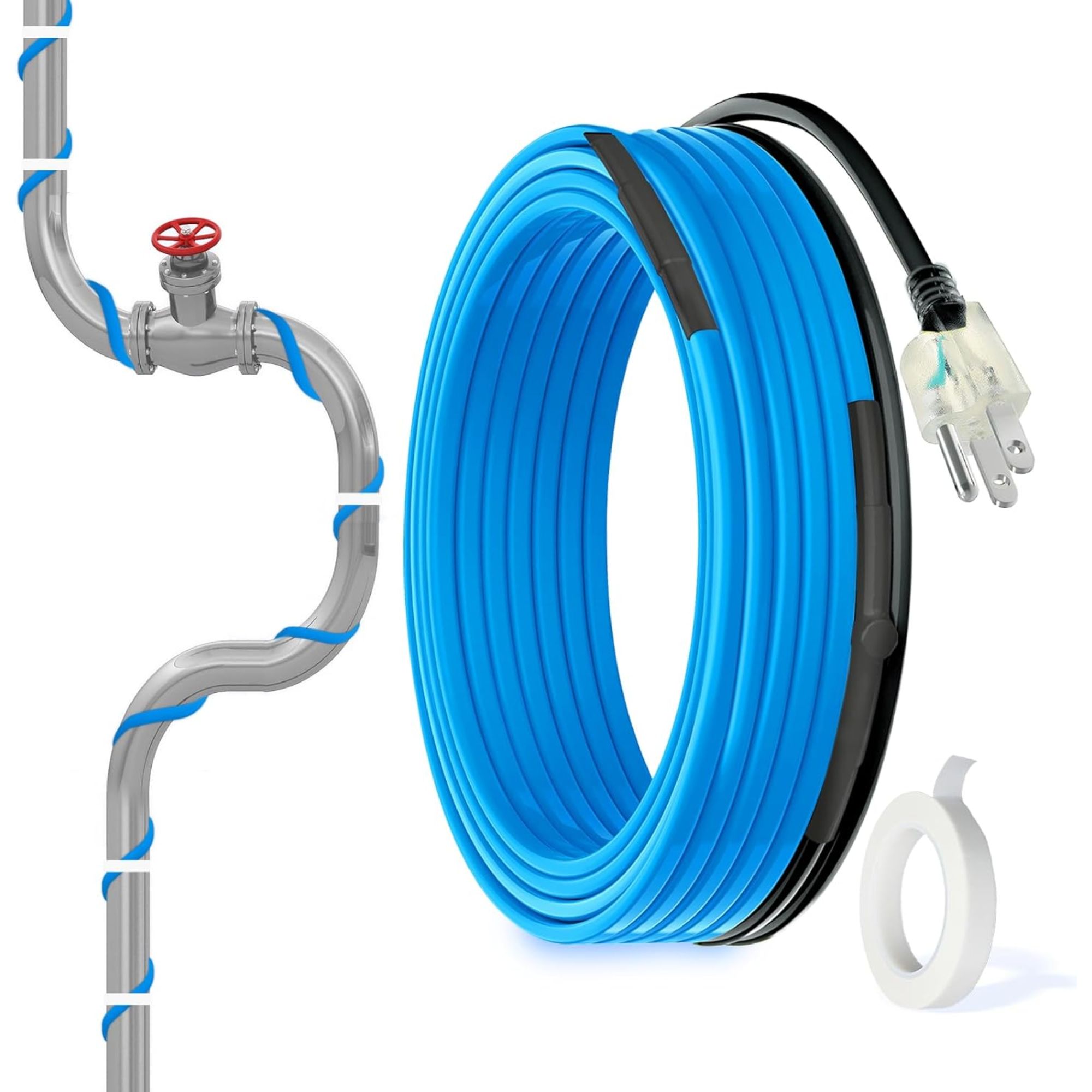
This self-regulating heat tape helps you protect every pipe in your home, down to temperatures as low as -40°F. It's also easy to install.
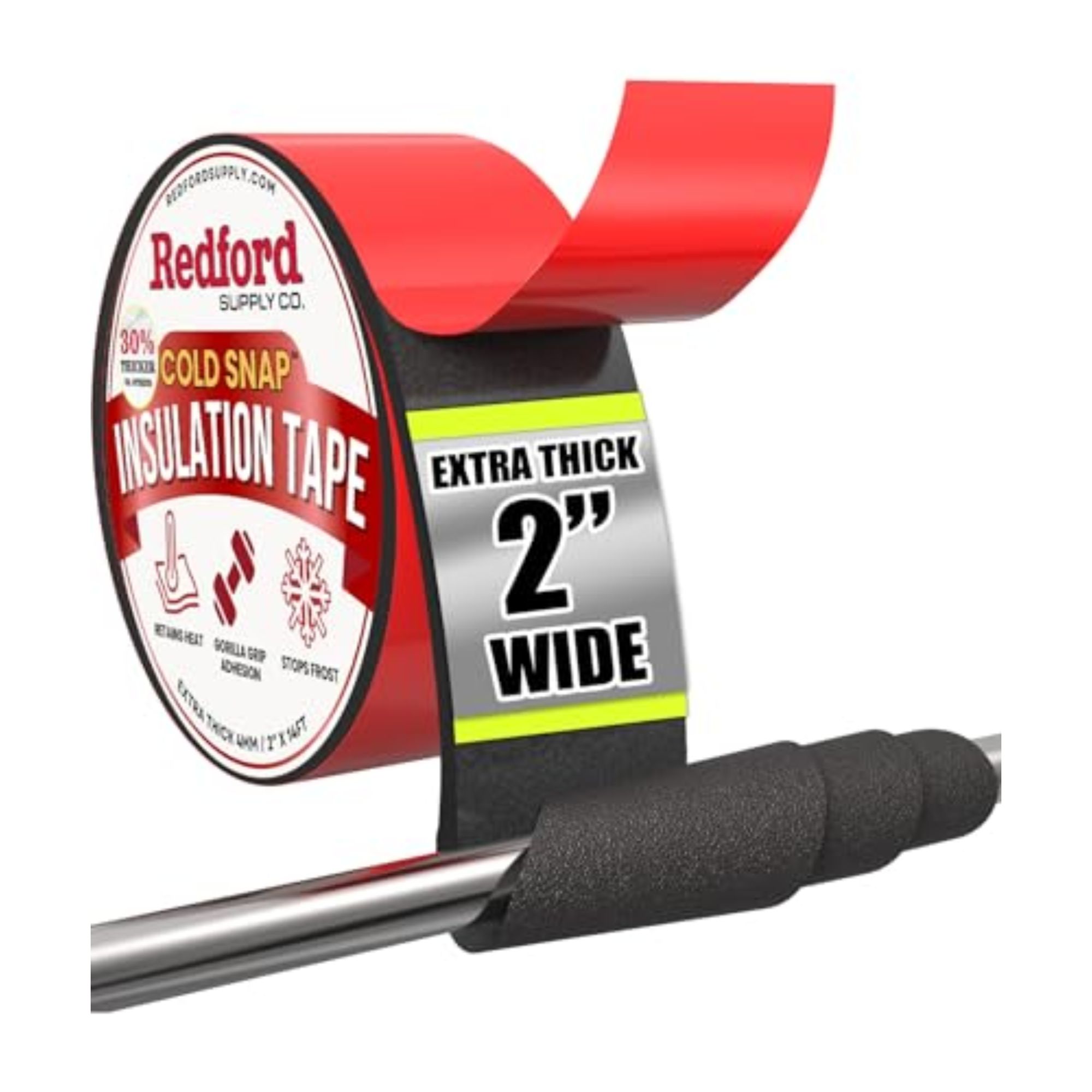
Perfect for both indoor and outdoor use, this foam insulation tape will keep your pipes warm and protected from frost in heated homes, with gorilla strength adhesion.
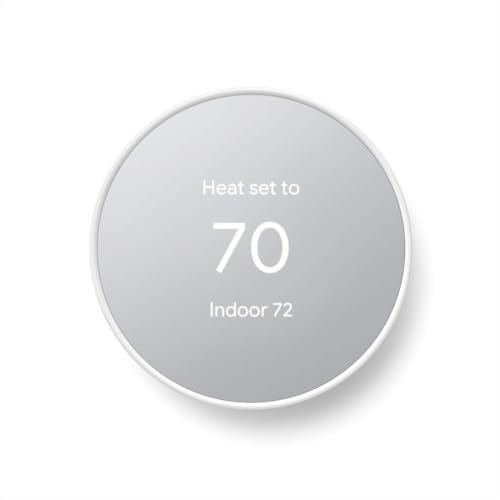
This smart thermostat is compatible with most modern heating systems and makes controlling your heating from anywhere simple, helping to keep your home a safe temperature even when away on winter break.
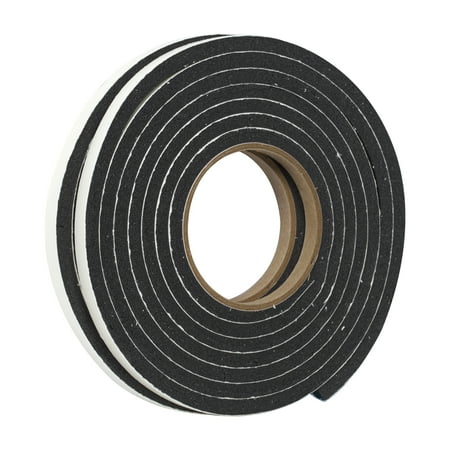
Weather stripping adheres to the outside edge of your windows and doors to form a tighter seal against drafts. It can effectively and easily raise the temperature of your home.
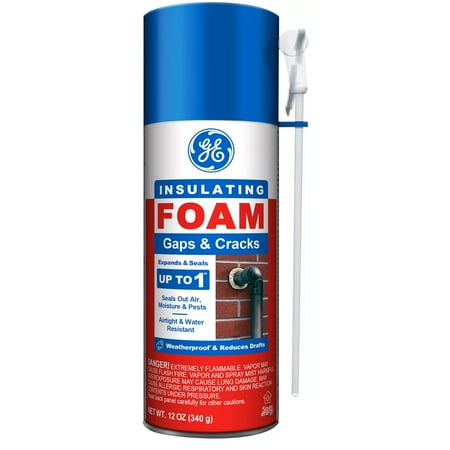
This weatherproof insulating foam expands on application to fill gaps up to one inch in size, preventing air transfer for a warmer home. It features advanced flexibility and premium durability.

These smart sensors enable you to view the exact temperature in a room at any given time, as well as detect hot and cold spots and unexpected motion when Smart Security is armed.
FAQs
How much does it cost to insulate pipes?
‘The primary costs associated with insulating pipes include purchasing insulation sleeves, heat tape, caulk, weather stripping, and outdoor faucet covers. These materials are generally affordable and can be found at hardware stores,’ explains Steve Leasure.
‘The costs vary based on the size of your home and the extent of insulation needed. However, compared to the potential expenses of repairing frozen pipes and water damage, the investment in insulation is relatively small and provides essential protection for your plumbing during winter.’
How long does it take for pipes to freeze?
Pipes can take as little as six hours in freezing temperatures to freeze completely, meaning you will have very little warning before they risk bursting. This is why insulating pipes and taking measures to stop them from freezing is a must in colder weather, especially overnight when temperatures drop further, and when your plumbing will not be in use for longer periods of time.
Should all pipes in an attic be insulated?
When insulating pipes to protect them from freezing, it is important to insulate all pipes in the attic and basement, as well as other cold spots such as crawl spaces, to prevent all blockages and stop ice from one area of a pipe from spreading to another.
Learning how to stop outdoor spigots from freezing can also protect your outdoor plumbing.

Ottilie joined Homes & Gardens last year, after finishing a Master's in Magazine Journalism at City, University of London. With previous contributions in Livingetc and Motorsport Magazine, she produces content for the Solved section on the website, focusing on clever tips and tricks to keep your home beautiful, organized, and clean, with particular expertise on all things home fragrance. She also has a Master's degree in English Literature and History of Art from the University of Edinburgh, where she developed a love for inspiring interiors and architecture.
- Chiana DicksonContent Editor
